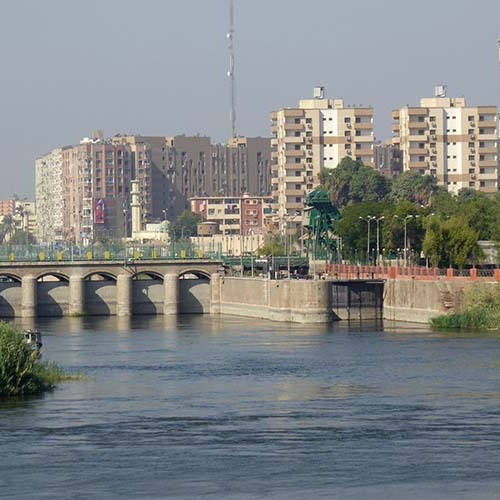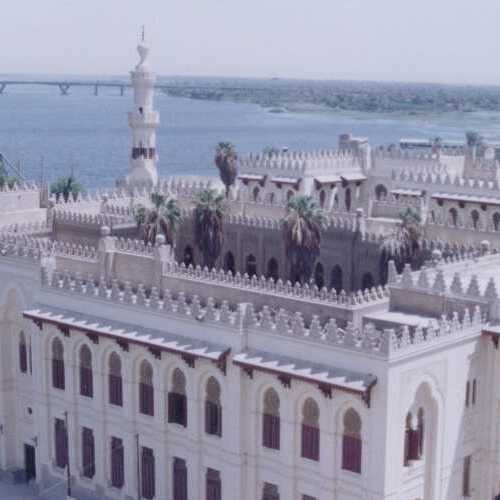No other nation in the world says ‘Welcome’ as often as the Egyptians, and every time, they mean it. While the ancient civilization of Egypt continues to amaze, contemporary Egyptians are equally remarkable.
Experiences exclusive
Exclusive Asyut: A Journey to the Heart of Authenticity
Asyut, a city with deep historical roots in Upper Egypt, offers a unique and spiritually enriching experience, especially through its Coptic pilgrimage traditions. Here are some exclusive aspects of Asyut that make it a special destination:
Coptic Pilgrimage
- Annual Event: The most significant event in Asyut is the Coptic pilgrimage, which occurs annually in August. It’s a vibrant display of faith and cultural heritage.
- Spiritual Significance: This pilgrimage is not just a religious journey but a multifaceted spiritual experience involving worship, veneration, and a deep sense of community.
- Dayr Durunkah: The focus of the pilgrimage is often the Monastery of the Virgin Mary at Dayr Durunkah, located about 6 miles southwest of Asyut. This site is renowned for its religious significance and historical importance.
Religious and Historical Significance
- Archbishop’s Residence: Dayr Durunkah is not just a pilgrimage site but also the residence of the Coptic Archbishop of Asyut, underscoring the city’s importance in Coptic Christianity.
- Historical Accounts: Noted by Al-Maqrizi, a 15th-century historian, the region was known for its strong Christian community and continued use of the Coptic language.
Cultural Experience
- Festivities and Celebrations: During the pilgrimage, there are various festivities, including fasting, prayer, and communal gatherings, culminating in the celebration of the Virgin Mary’s feast on August 22.
- Linguistic Heritage: The Coptic language, an integral part of Egypt’s heritage, plays a significant role in the rituals and traditions of the pilgrimage.
Community Involvement
- Local Participation: The pilgrimage is not only a religious event but also a community affair, with local residents actively participating and contributing to the festivities.
- Economic and Social Impact: Besides its religious significance, the pilgrimage has a notable impact on the local economy and social life, as it brings together people from various regions.
Visiting Asyut for Pilgrimage
- Planning Your Visit: If you plan to visit Asyut for the pilgrimage, it’s advisable to arrange accommodation in advance due to the influx of pilgrims.
- Respect and Sensitivity: Visitors should be respectful of the religious and cultural practices and participate in the events with sensitivity and openness.
The Coptic pilgrimage in Asyut is a blend of religious fervor, cultural richness, and historical depth, offering visitors a unique glimpse into the spiritual and communal life of Coptic Christians in Egypt. It’s an experience that goes beyond mere sightseeing, allowing you to immerse yourself in a centuries-old tradition that continues to thrive in modern times.
Created On March 18, 2020
Updated On Aug , 2024



